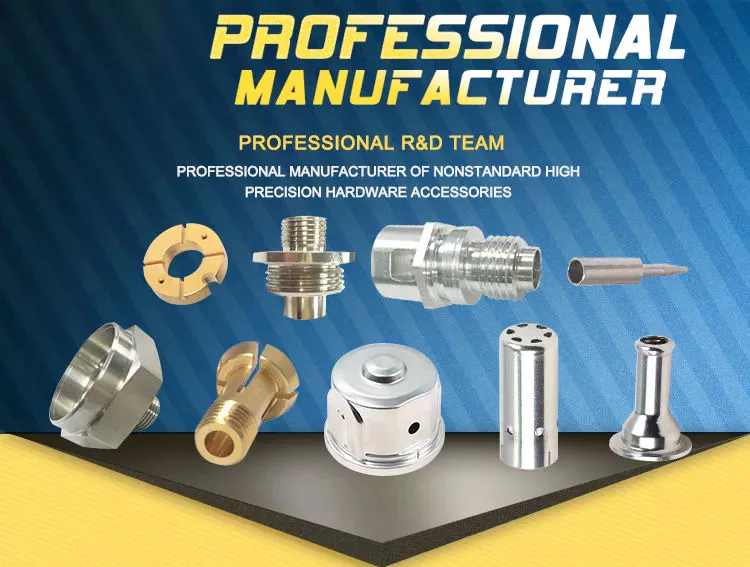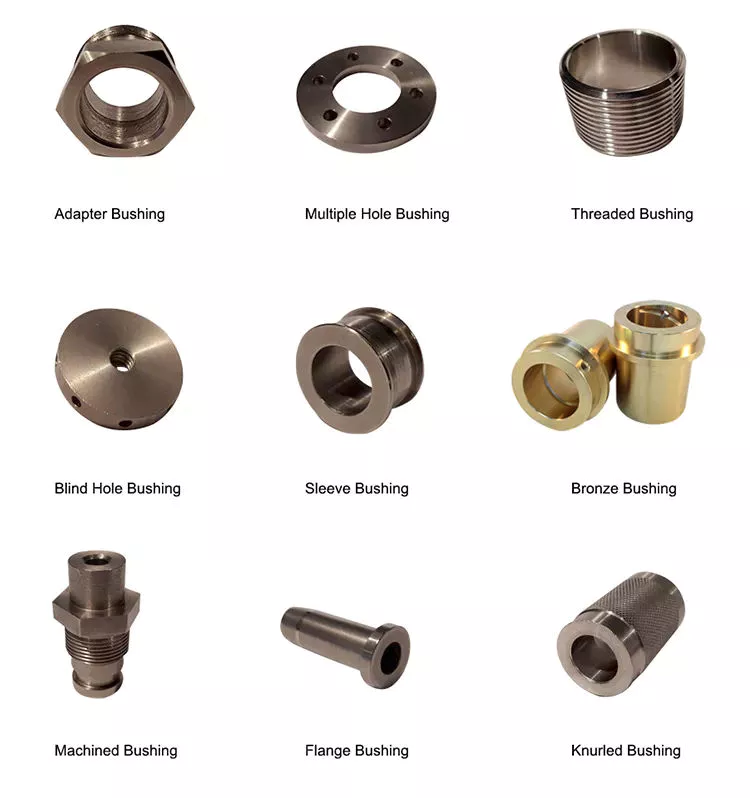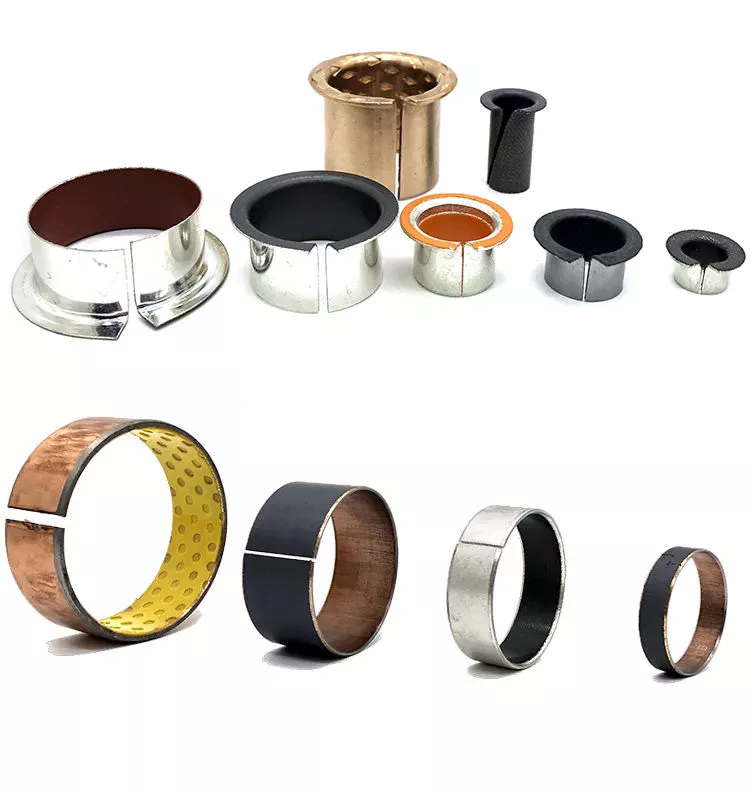Condition: New
Type: Farm Cultivator
Electrical power Variety: Diesel
Machine Variety: Rotary Tiller
Warranty: 1 Yr
Important Marketing Points: Large Efficiency
Marketing and advertising Sort: New Product 2571
Equipment Take a look at Report: Not Accessible
Video clip outgoing-inspection: Provided
Warranty of core factors: 1 Year
Core Factors: Gear
Relevant Industries: Farms
Showroom Place: None
item: agricultural machinery/ farm products/ tractor rotary tiller
Right after-sales Support Provided: On the internet assist
Following Warranty Provider: On-line support
Local Service Location: None
Certification: ISO
Packaging Specifics: nude
Port: ZheJiang
Advise Goods Packing & Shipping
| packaging | genuine packaging | ||||||
| according to customers’ ask for | |||||||
| nude packaging | |||||||
| standard export pacakging | |||||||
| shipping | by convey | DHL, FEDEX, UPS, TNT, ect. | |||||
| by air | China principal port | ||||||
| by sea | China main port | ||||||
| payment | TT, western union, credit card, Alibaba trade assurance, ect. | ||||||
Organization Profile ZheJiang Grande Machinery Manufacturing Co. Appropriate Angle Gearbox Substantial Precision Planetary Equipment Reducer Ltd. focuses on tractors, harvesters, rice transplanters, tractor equipment, harvester accessories and other agricultural machineries. at present the major manufacturers are KUBOTA,WORLD, YANMAR, YTO, and so on. Sufficient stock.Our organization has thirty personnel, a thousand sq. meters of office spot and 7000 sq. meters of warehouse, Adhering to the principle of consumer first, in purchase to supply better specialized assist and right after-income support, the business experienced established a complex department and after-revenue provider section in 2018.ZheJiang Grande Hammer Crusher Component Hammer Blade Hardfacing Tungsitn Carbide Beaters Machinery Manufacturing Co. Ltd. offers clients with one-end answers! FAQ one. What is actually the MOQ?1 established of the machine. relating to the spare components, make sure you validate with salesperson.2. What’s your shipping and delivery time and shipping and delivery way?devices: 15 operate times in off seasons, thirty times in CZPT seasons, shipped by sea.spare elements: in accordance to the amount and objects. shipped by specific or sea.3. What is actually your Payment phrases?30% advanced payment, 70% equilibrium payment ahead of supply by T/T or credit card.4. What is actually the after income of the machine?Our items warranty is twelve months. soon after that, we can also offer spare parts, Agricultural Gear box Green Place Drive Power Tiller Appropriate Angle Agriculture Tractor Pto Bevel Flail Mower Gearbox For Gardening but not for free of charge.Lifelong cost-free technical assist.If you have any other queries, make sure you make contact with with salesperson straight. Make contact with Us
Axle Spindle Types and Features
The axle spindle is an integral part of your vehicle’s suspension. There are several different types and features, including mounting methods, bearings, and functions. Read on for some basic information on axle spindles. The next part of the article will cover how to choose the correct axle spindle for your vehicle. This article will also discuss the different types of spindles available, including the differences between the rear and front bearings.
Features
The improved axle spindle nut assembly is capable of providing additional performance benefits, including increased tire life and reduced seal failure. Its keyway features and radially inwardly extending teeth allow nut adjustment to be accomplished with precision. The invention further provides a unique, multi-piece locking mechanism that minimizes leakage and torque transfer. Its principles and features are detailed in the appended claims. For example, the improved axle spindle nut assembly is designed for use in vehicles that are equipped with a steering system.
The axle spindle nut assembly includes a nut 252 with threads 256 on its inner periphery. The axle spindle 50 also features threads 198 on its outer periphery. The nut is threaded onto the outboard end of the axle spindle 50 until it contacts the inboard surface of the axle spacer 26. In the assembled state, a bearing spacer 58 is also present on the axle spindle.
The axle spindle nut assembly can reduce axial end play between the wheel end assembly 52 and the axle spindle 50. It can be tightened to an extreme torque level, but if the thread faces separate, it will undercompress the bearing cone and spacer group. To minimize these disadvantages, the axle spindle nut assembly is a critical component of a wheel-end assembly. There are several types of axle spindle nuts.
The third embodiment of the axle spindle nut assembly 300 comprises an inner washer 202, an outer washer 310, and at least one screw 320. The axle spindle nut assembly 300 secures and preloads bearing cones 55, 57. Unlike the first embodiment, the axle spindle nut assembly 300 uses the inner washer 202, which is optional in the third embodiment. The inner washer 202 and outer washer 310 are similar to those of the first embodiment.
Functions
An axle spindle is one of the most important components of a vehicle’s suspension system. The spindle retains the position of bearings and a spacer in an axle by providing clamp force. The inner nut of an axle spindle should be properly torqued to ensure a secure fit. A spindle nut is also responsible for compressing bearings and spacers. If any of these components are missing, the spindle will not work properly.
An axle spindle is used in rear wheel drive cars. It carries the weight of the vehicle on the axle casing and transfers the torque from the differential to the wheels. The axle spindle and hub are secured on the spindle by large nuts. The axle spindle is a vital component of rear wheel drive vehicles. Hence, it is essential to understand the functions of axle spindle. These components are responsible for the smooth operation of a vehicle’s suspension system.
Axle spindles can be mounted in three ways: in the typical axle assembly, the spindles are bolted onto the ends of the tubular axle, and the axle is suspended by springs. Short stub-axle mounting uses a torsion beam that flexes to provide a smooth ride. A second washer is used to prevent excessive rotation of the axle spindle.
Apart from being a crucial component of the suspension system, the spindles of the wheels are responsible for guiding the vehicle in a straight line. They are connected to the steering axis and are used in different types of suspension systems. European cars use a MacPherson Strut suspension system in which the spindle is connected to the arms in the front and rear of the suspension frame. The MacPherson strut allows the shock absorber housing to turn the wheel.
Methods of mounting
Various methods of mounting axle spindle are available. In general, these methods involve forming a tubular blank of uniform cross section and thickness, and receiving the bearing assembly against it. The spindle is then secured using a collar, which also serves as a bearing stop. In some cases, additional features are used to provide greater security. Some of these features may not be suitable for all applications. But they are generally suitable.
Axle spindle forming is usually done by progressive steps using hollow punches. The metallic body of the punch has an inner work surface, which receives the axle blank. A mandrel is fixed within the work opening of the punch. The punch body’s work surface forges the spindle about the mandrel. The punch has two ends, a closed and an open one.
A wheeled vehicle axle assembly (10) includes a cylindrical housing member (12 a) and a plurality of spindle mounting flanges (30) secured on the housing member. The spindles (16) are firmly attached to the housing member by means of coupling members. The coupling members are configured to distribute the bending loads imposed on the spindle by the axle. It is important to note that the coupling members can be either threaded or screwed.
Traditionally, axle spindles were made from tubular blanks of irregular thickness. This method allowed for a gradual reduction in diameter and eliminated the need for extra metal within the spindle. Similarly, axles made by cold forming eliminate the need for additional metal in the spindle. In this way, the overall cost of manufacture is also reduced. The material used for manufacturing axles also determines the size and shape of the final product.
Bearings
A nut 16 is used to retain the wheel bearings on axle spindle 12. The nut comprises several parts. The first portion includes a plurality of threads and a deformable second portion. The nut may be disposed on the inboard or outboard end of the axle spindle. This type of nut is typically secured to the axle spindle by a retaining nut.
The bearings are installed in the spindle to allow the wheel hub to rotate. While bearings are greased, they can dry out over time. Consequently, you may hear a loud clicking sound when turning your vehicle. Alternatively, you may notice grease on the edges of your tires. Bearing failure can cause severe damage to your axle spindle. If you notice any of these symptoms, you may need to replace the bearings on your axle spindle. Fortunately, you can purchase the necessary bearing parts at O’Reilly Auto Parts.
There are three ways to mount an axle spindle. A typical axle assembly has the spindles bolted to the ends of the tubular axle. A torsion beam is also used to mount the spindles on the axle. This torsion beam acts like a spring to help make the ride smooth and bump-free. Lastly, the axle spindle is sometimes mounted as a bolt-on component.
Cost
If your axle spindle has been damaged, you may need to have it replaced. This part of the axle is relatively easy to replace, but you need to know how to do it correctly. To replace your axle spindle, you must first remove the damaged one. To do this, a technician will cut the weld. They will then thread the new one into the axle tube and torque it to specification. After that, they will weld the new axle spindle into place.
When you are thinking about the cost of an axle spindle replacement, you must first determine if it is worth it for your vehicle. It is generally a good idea to replace the spindle only if it is causing damage to your vehicle. You can also replace your axle housing if it is deteriorating. If you do not replace the spindle, you can risk damaging the axle housing. To save money, you can consider using a repair kit.
You can also purchase an axle nut socket set. Most wrenches have an adjusting socket for this purpose. The socket set should be suitable for most vehicle types. Axle spindle replacement costs around $500 to $600 before tax. However, you should be aware that these costs vary widely based on the type of vehicle you have. The parts can cost between $430 and $480, and the labor can cost anywhere from $50 to 70.




















